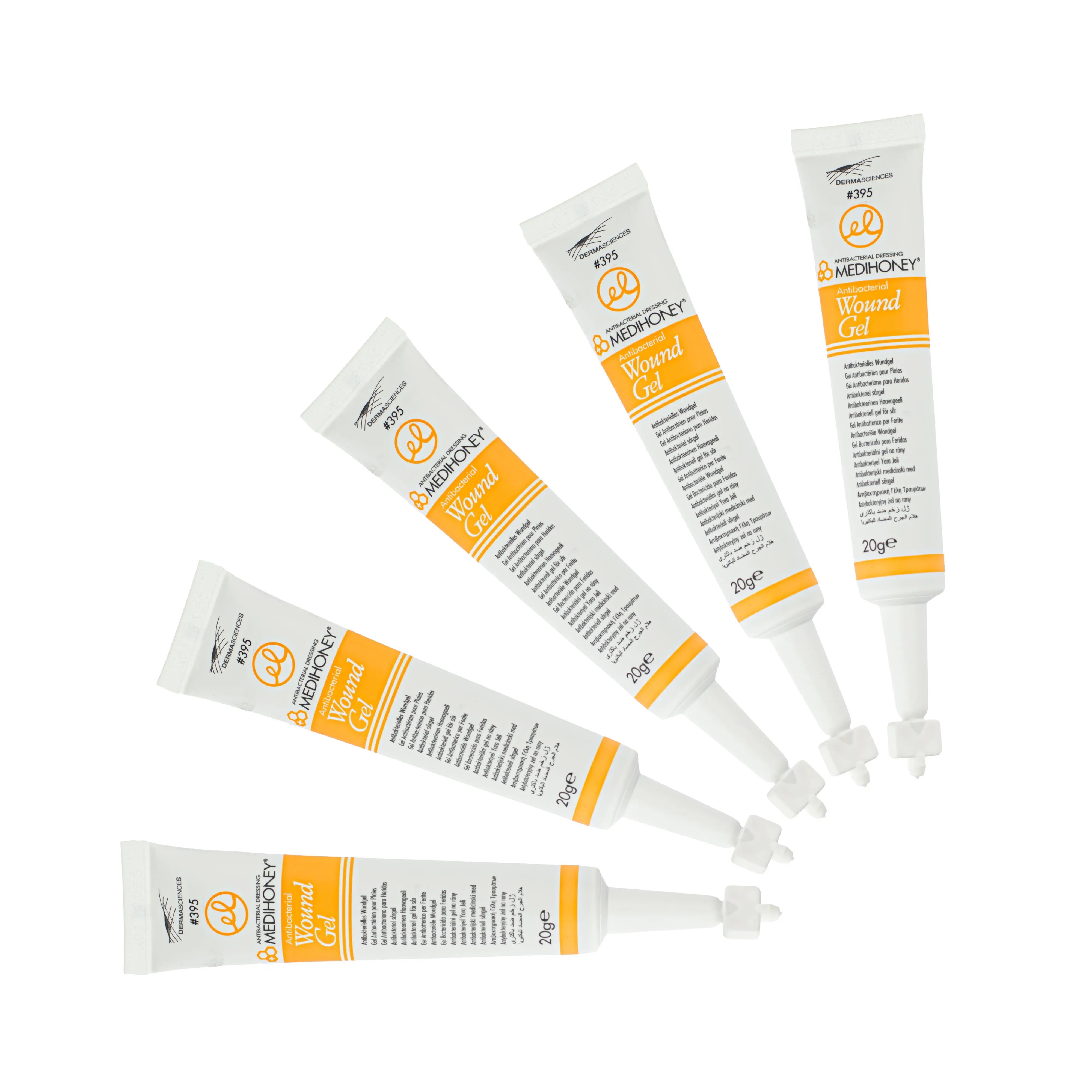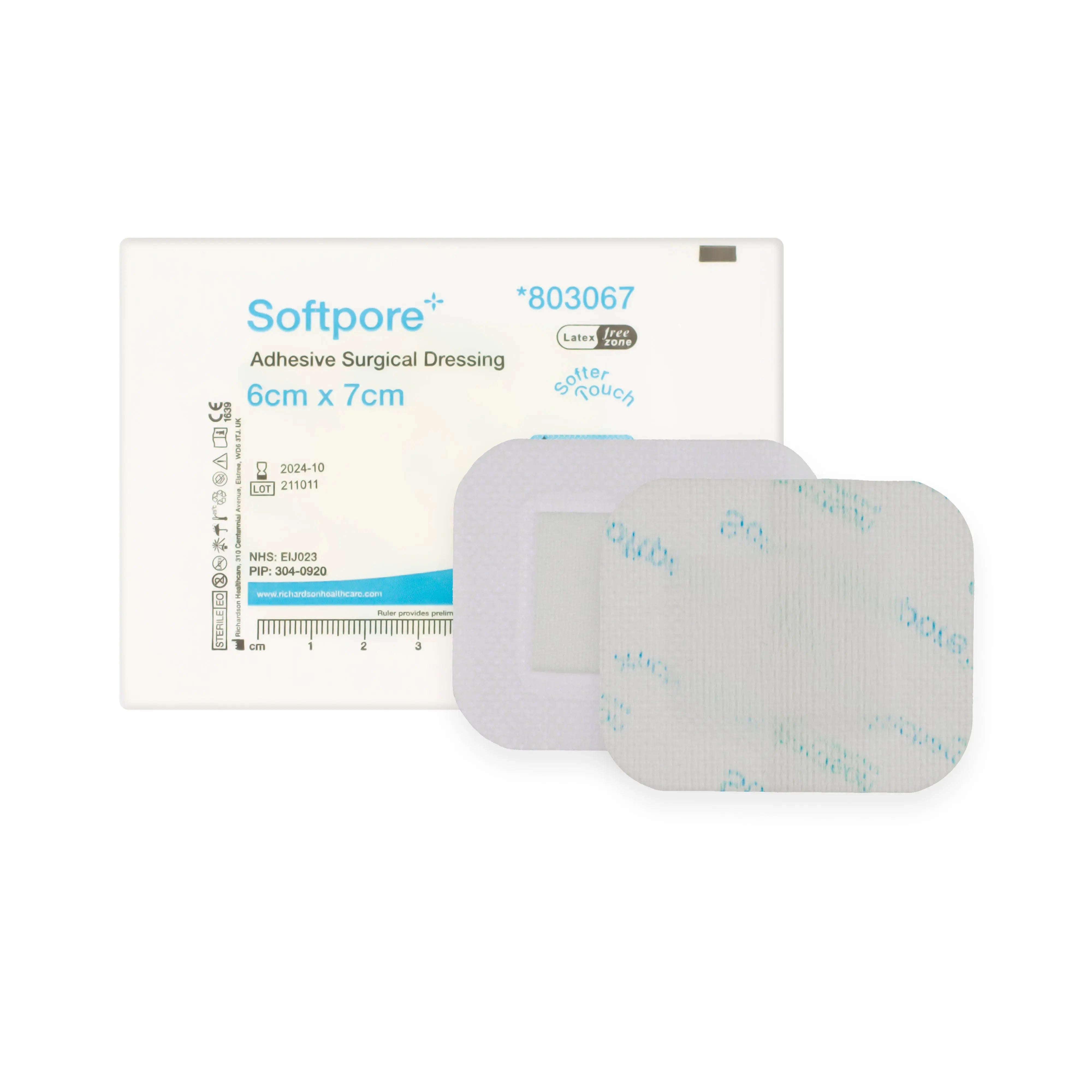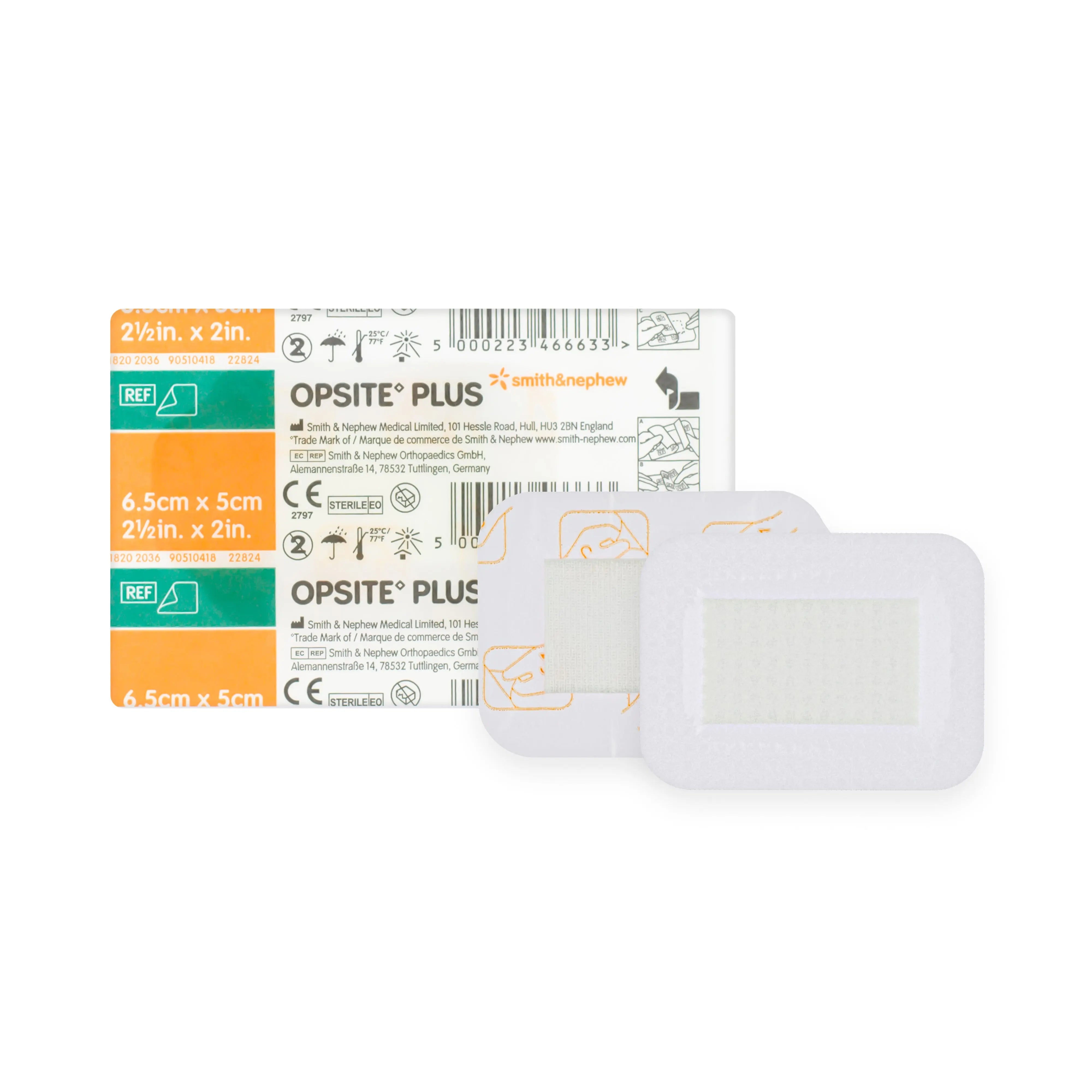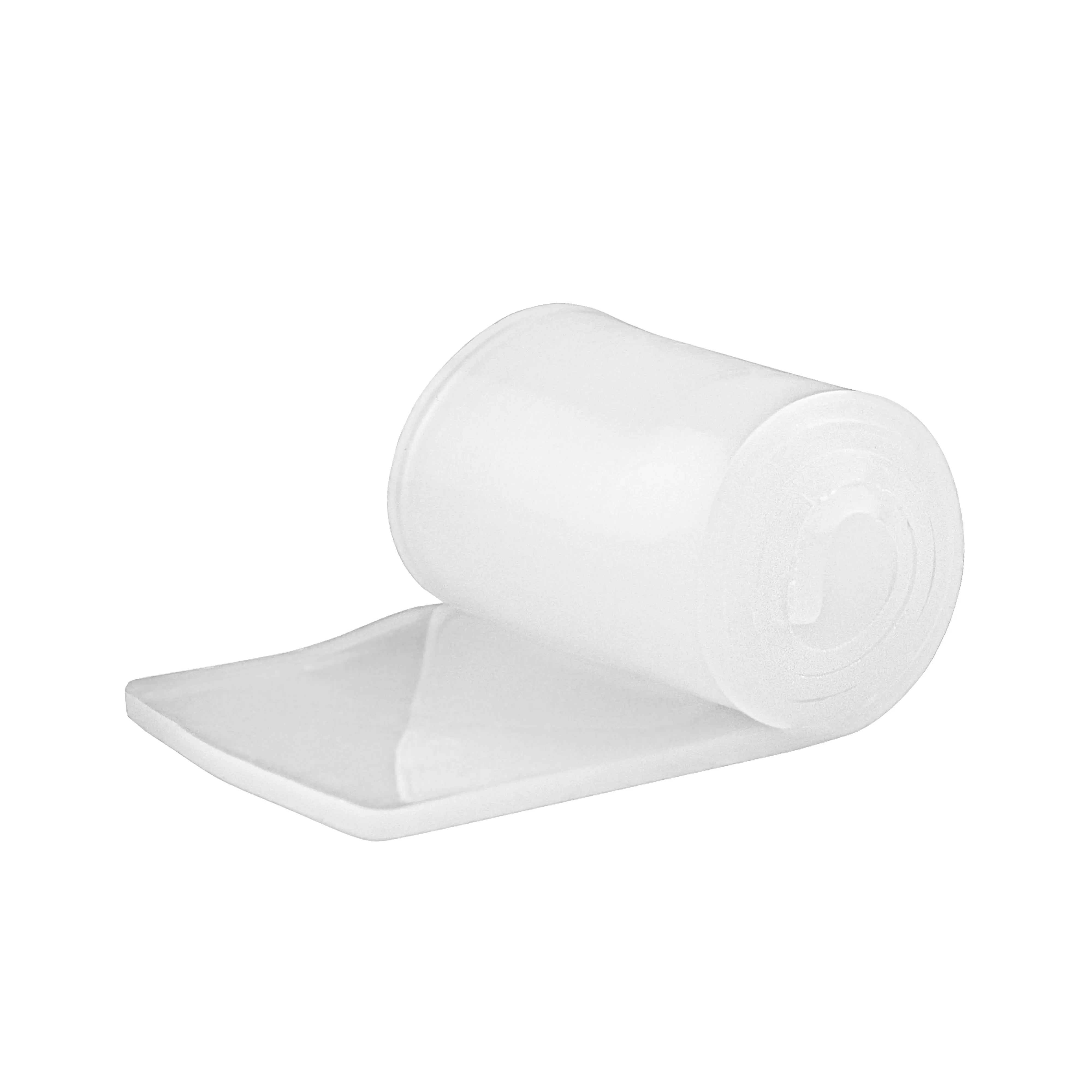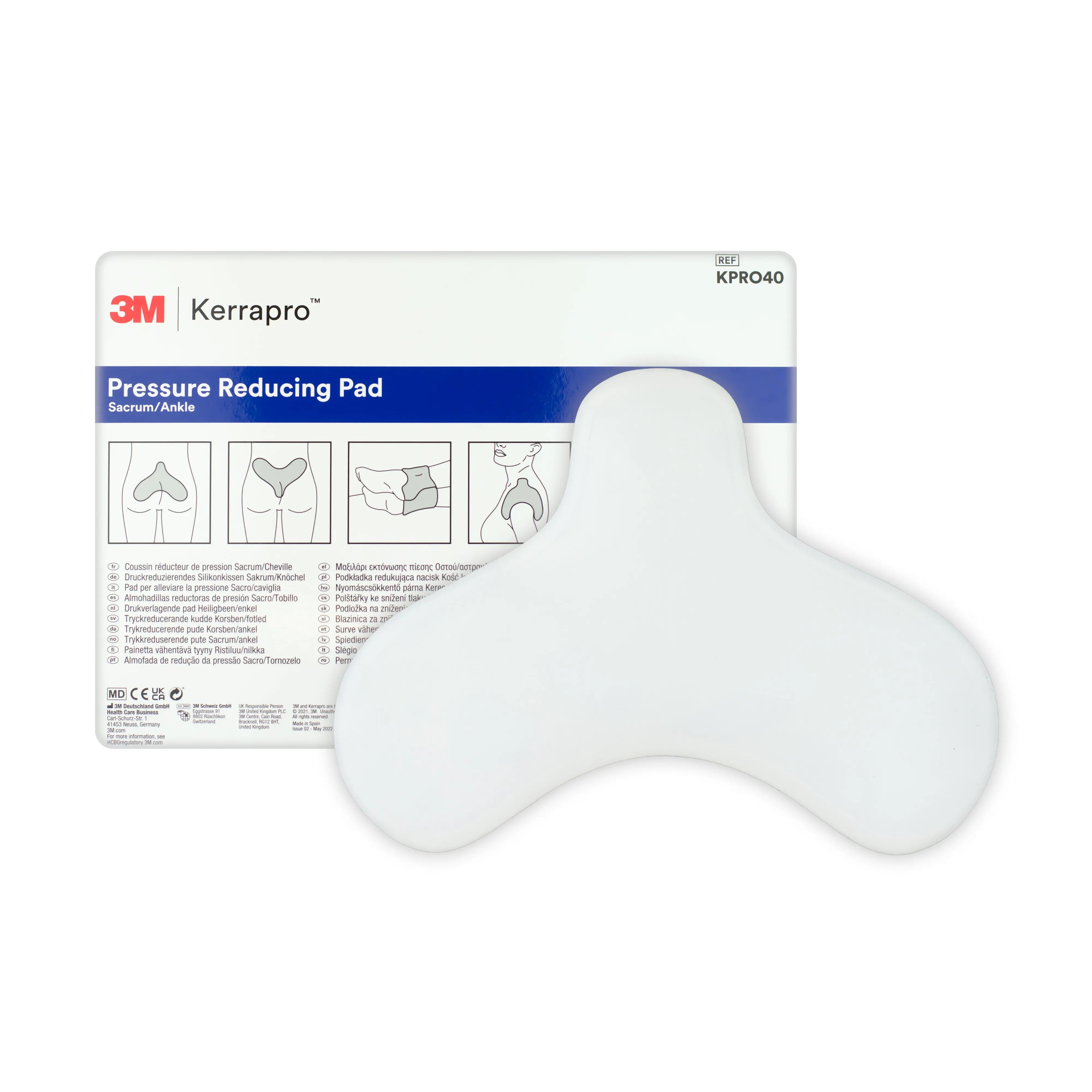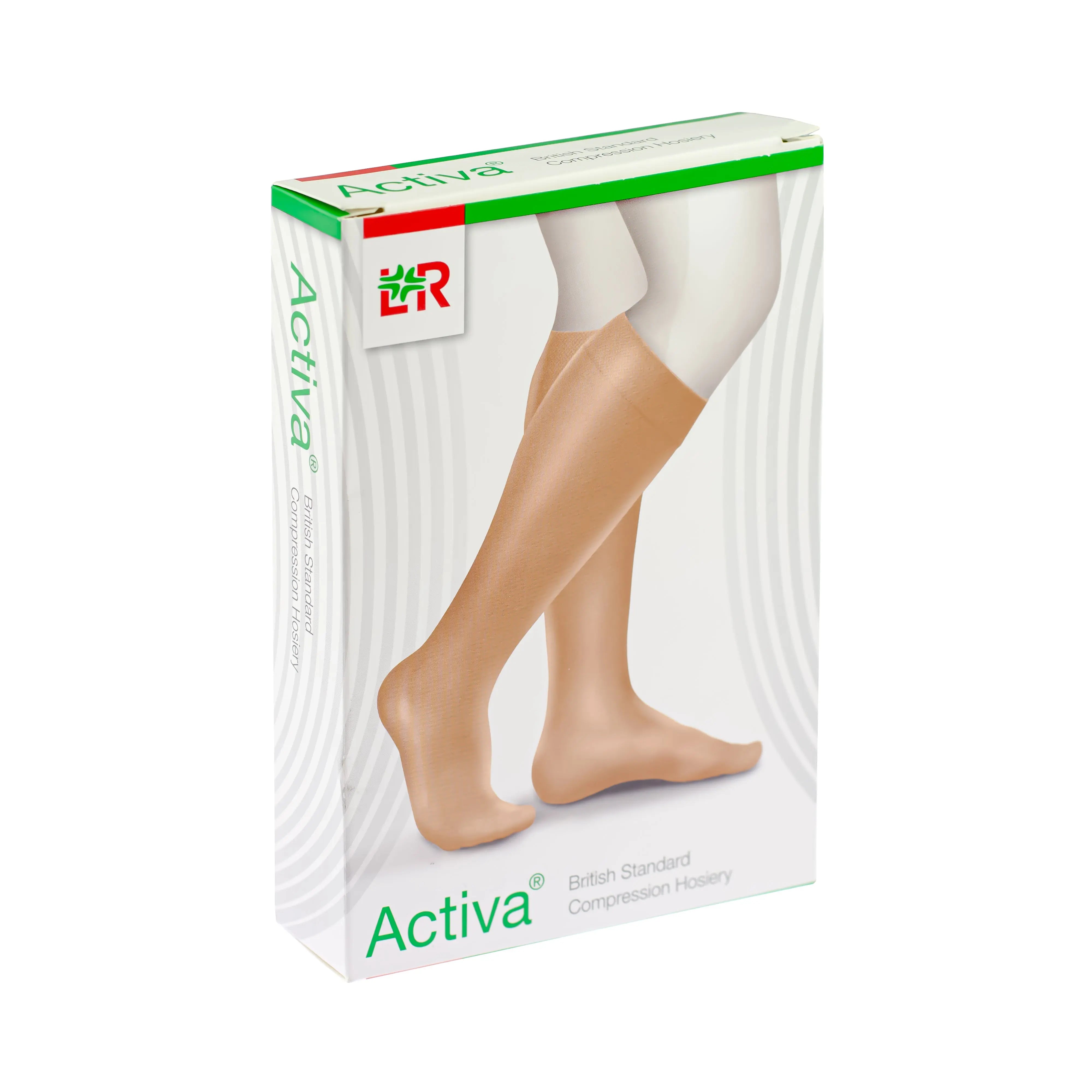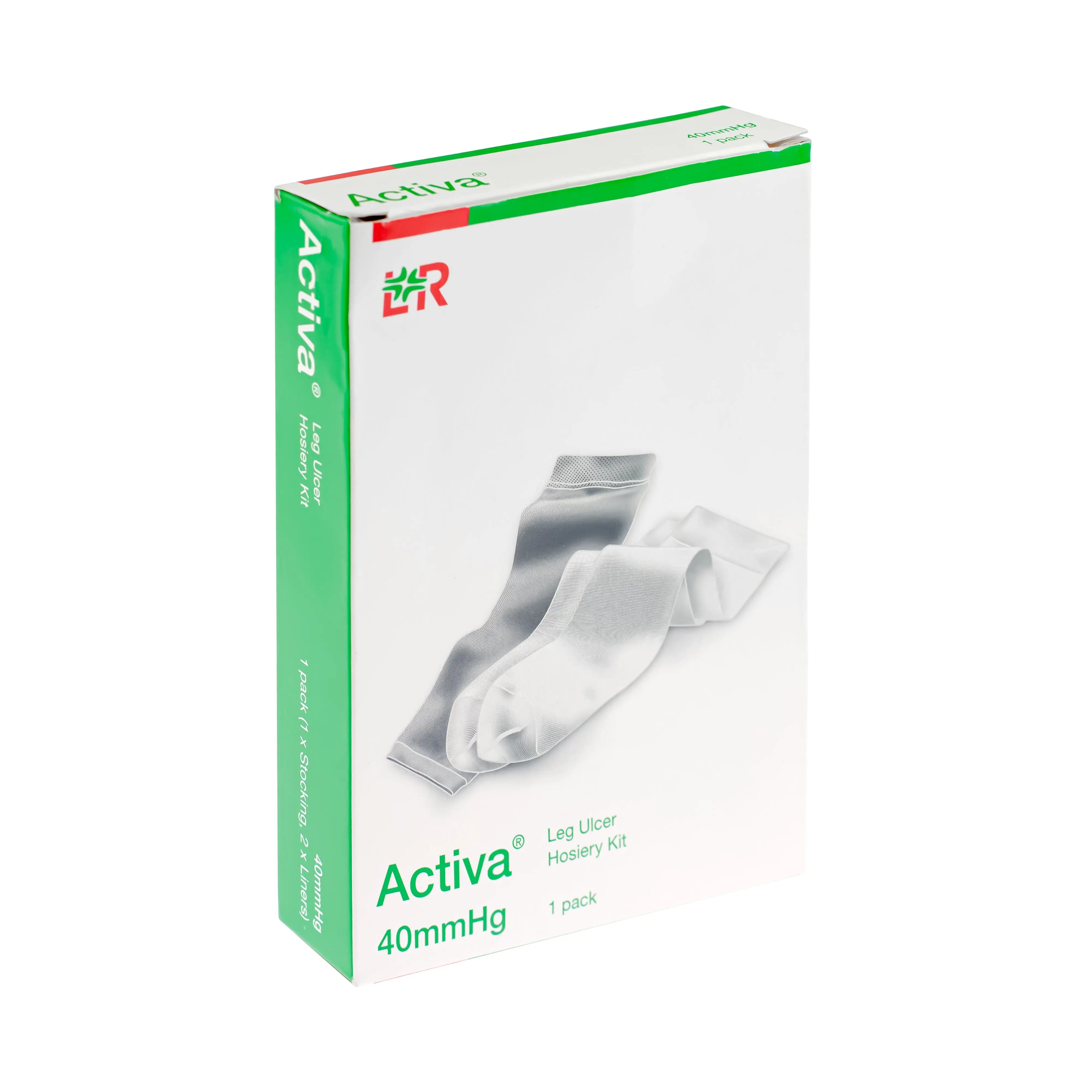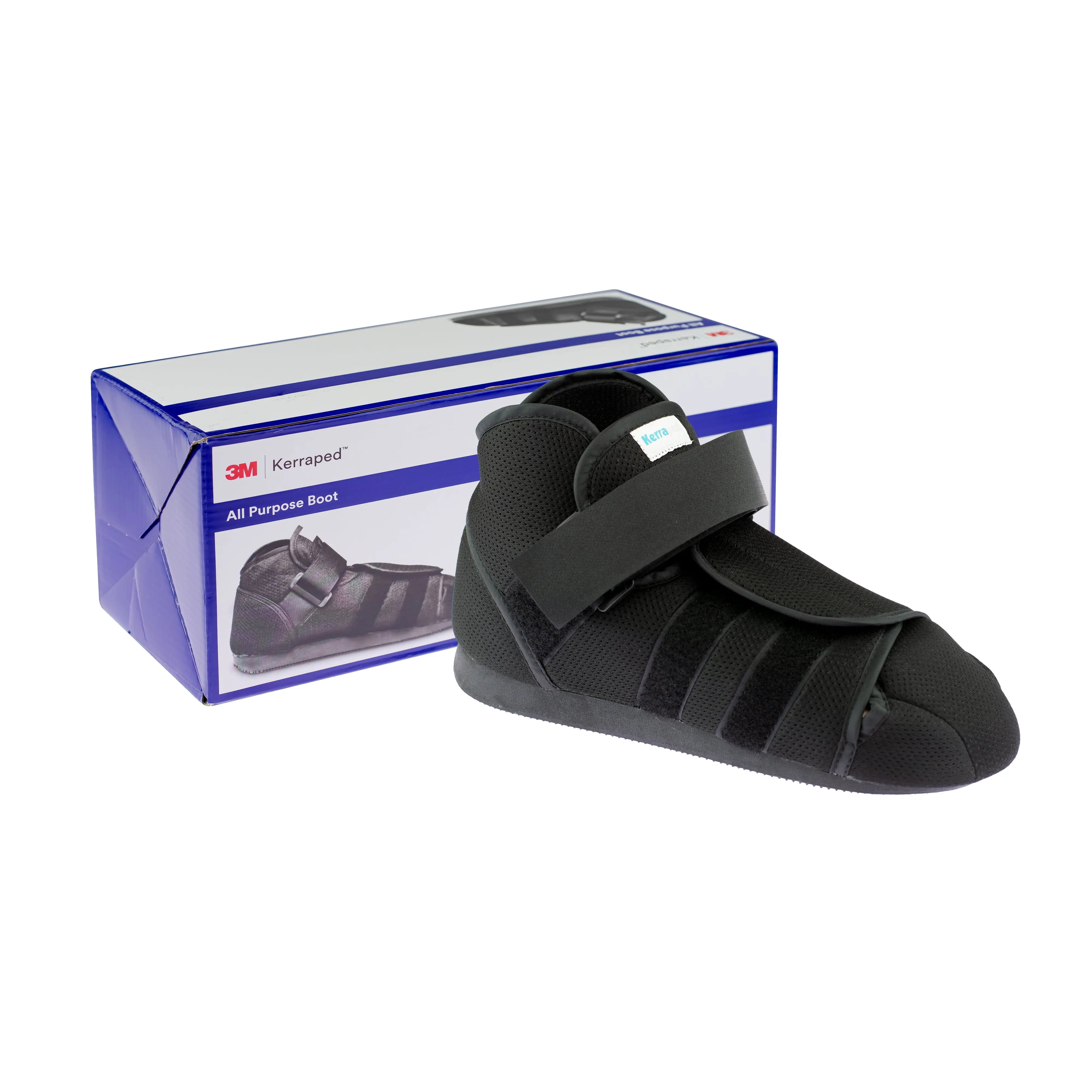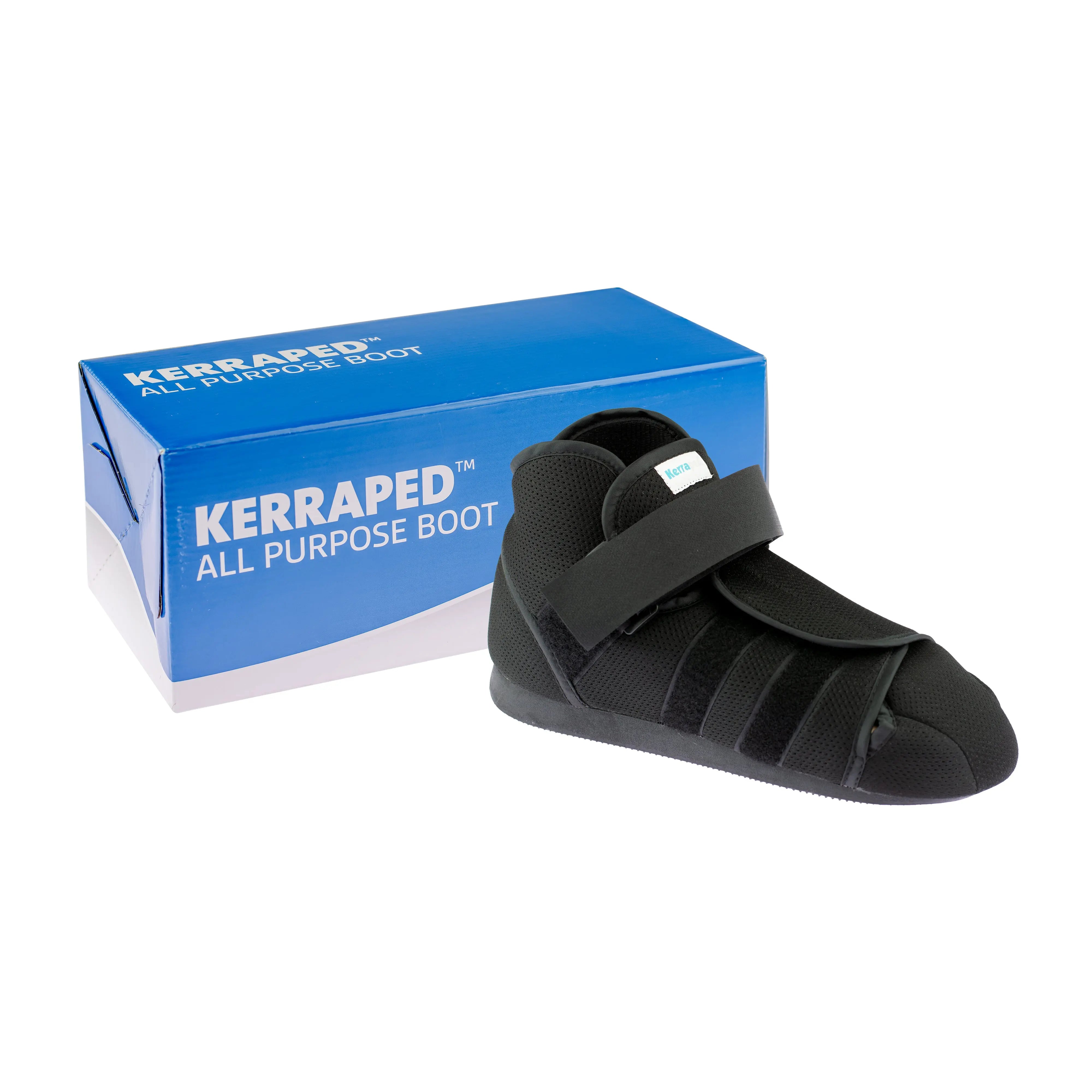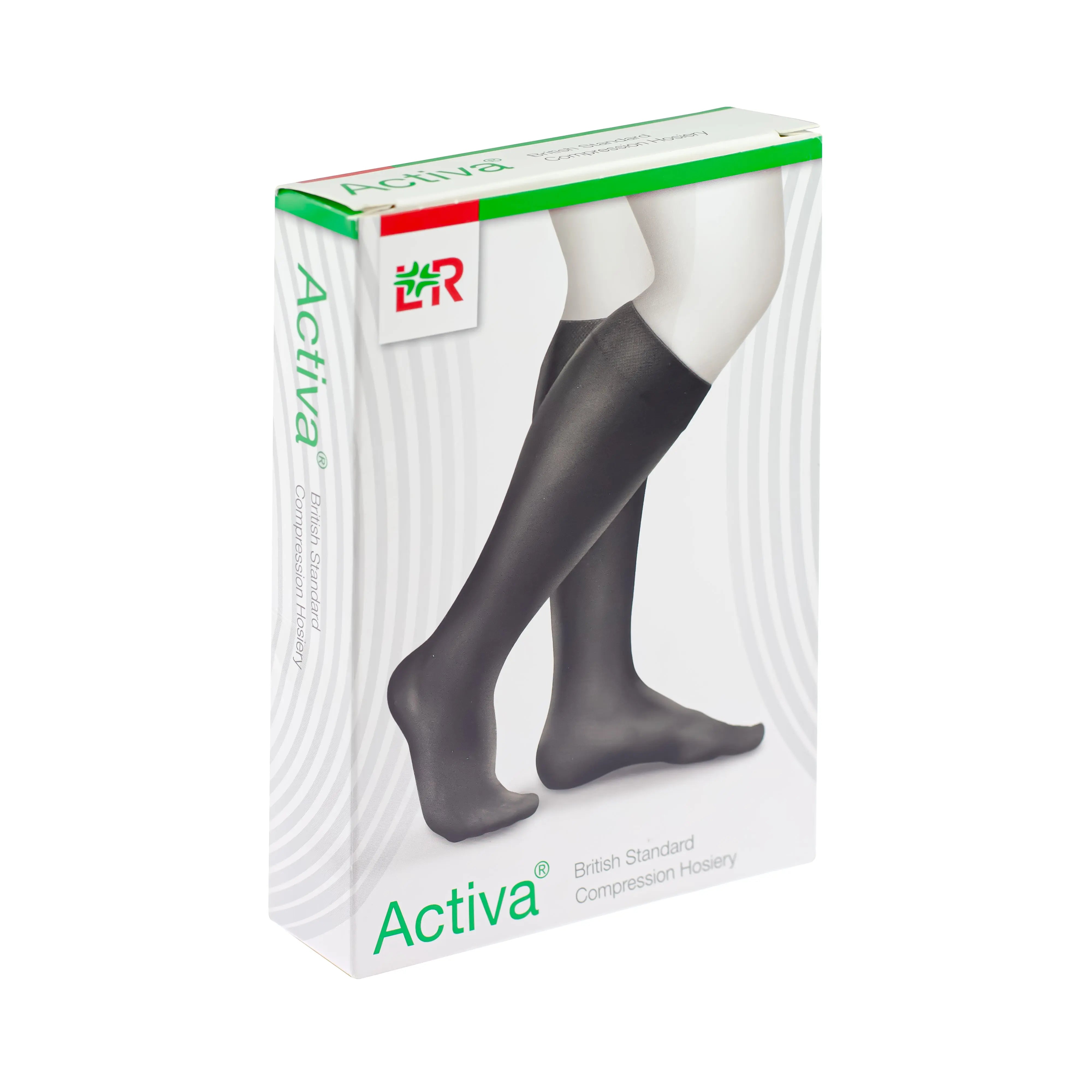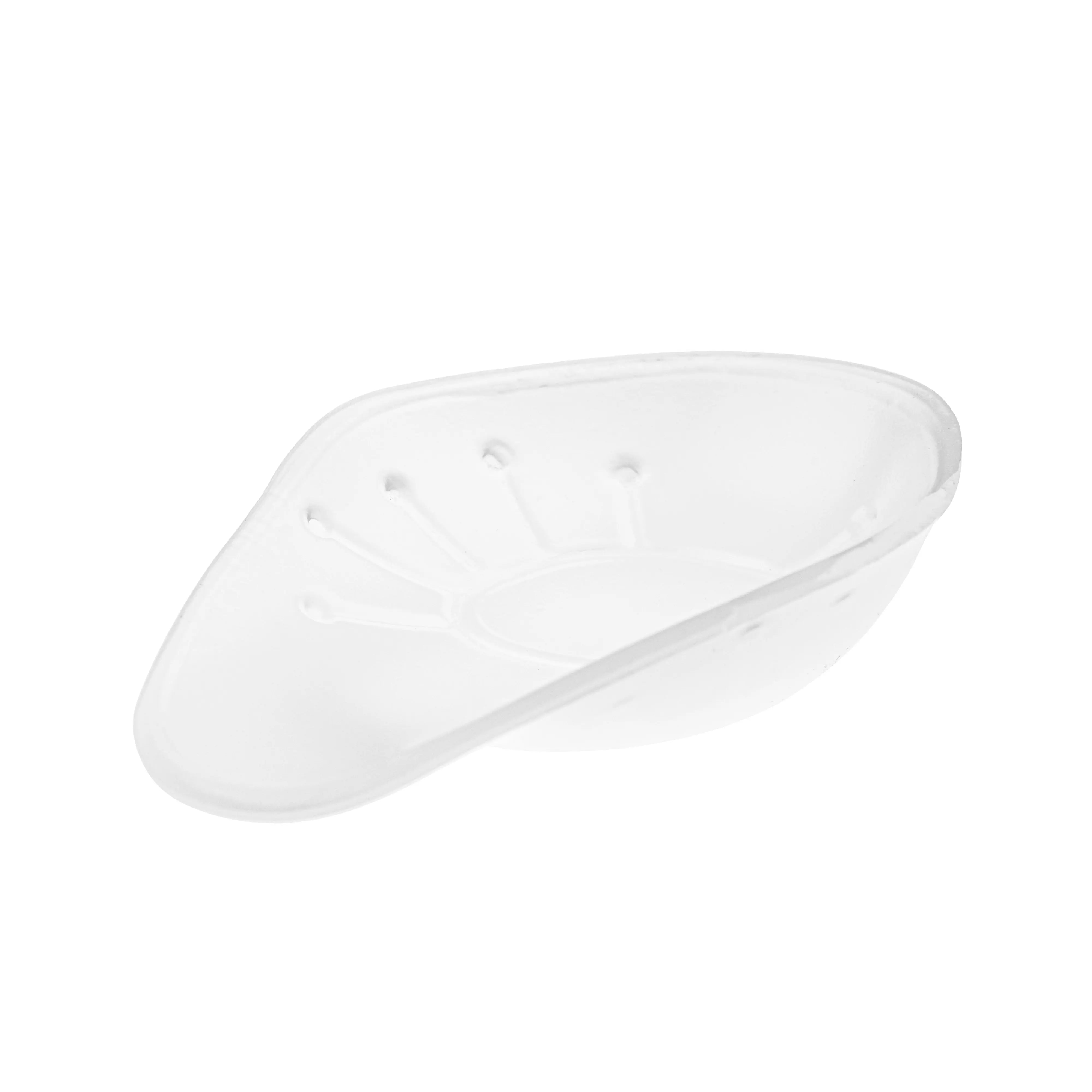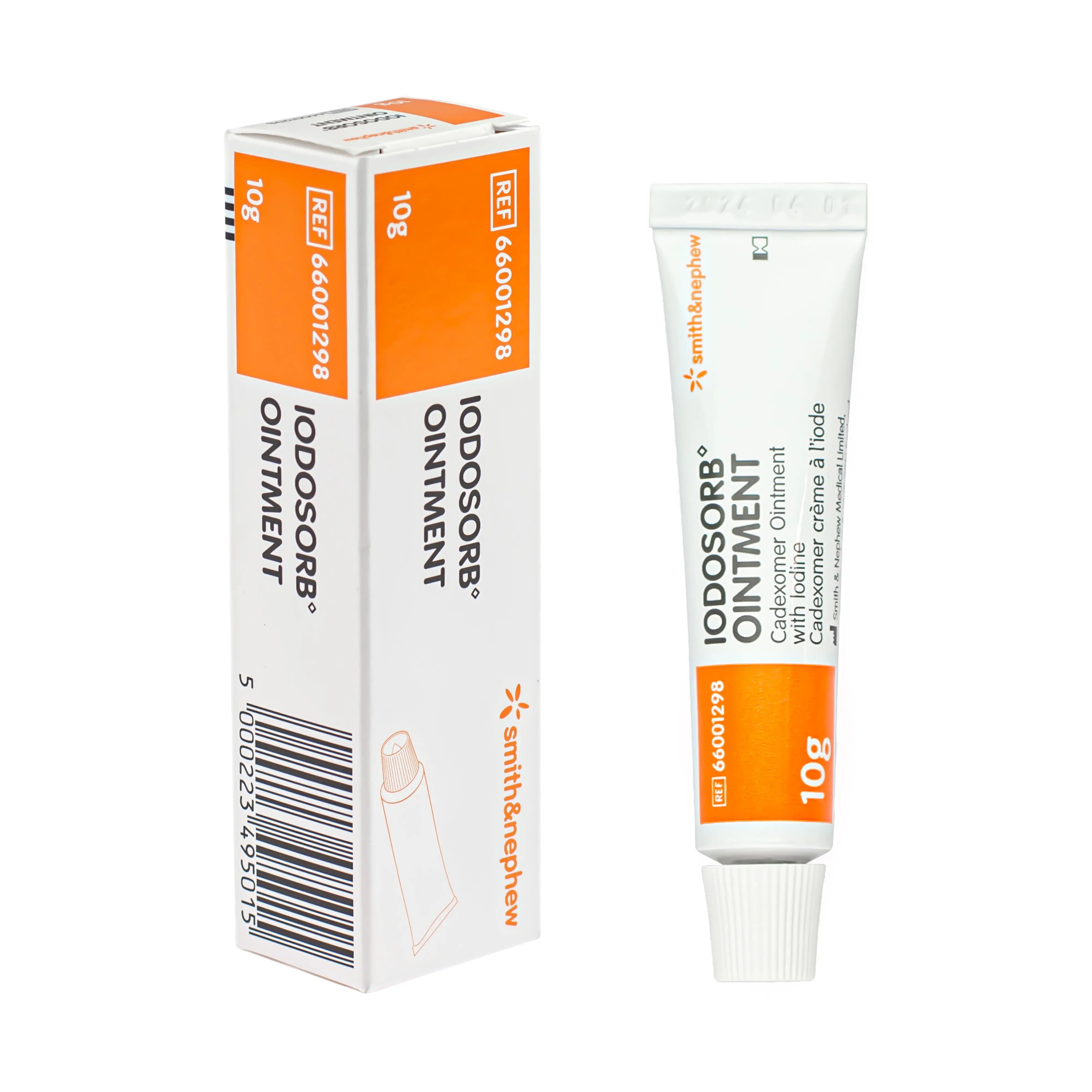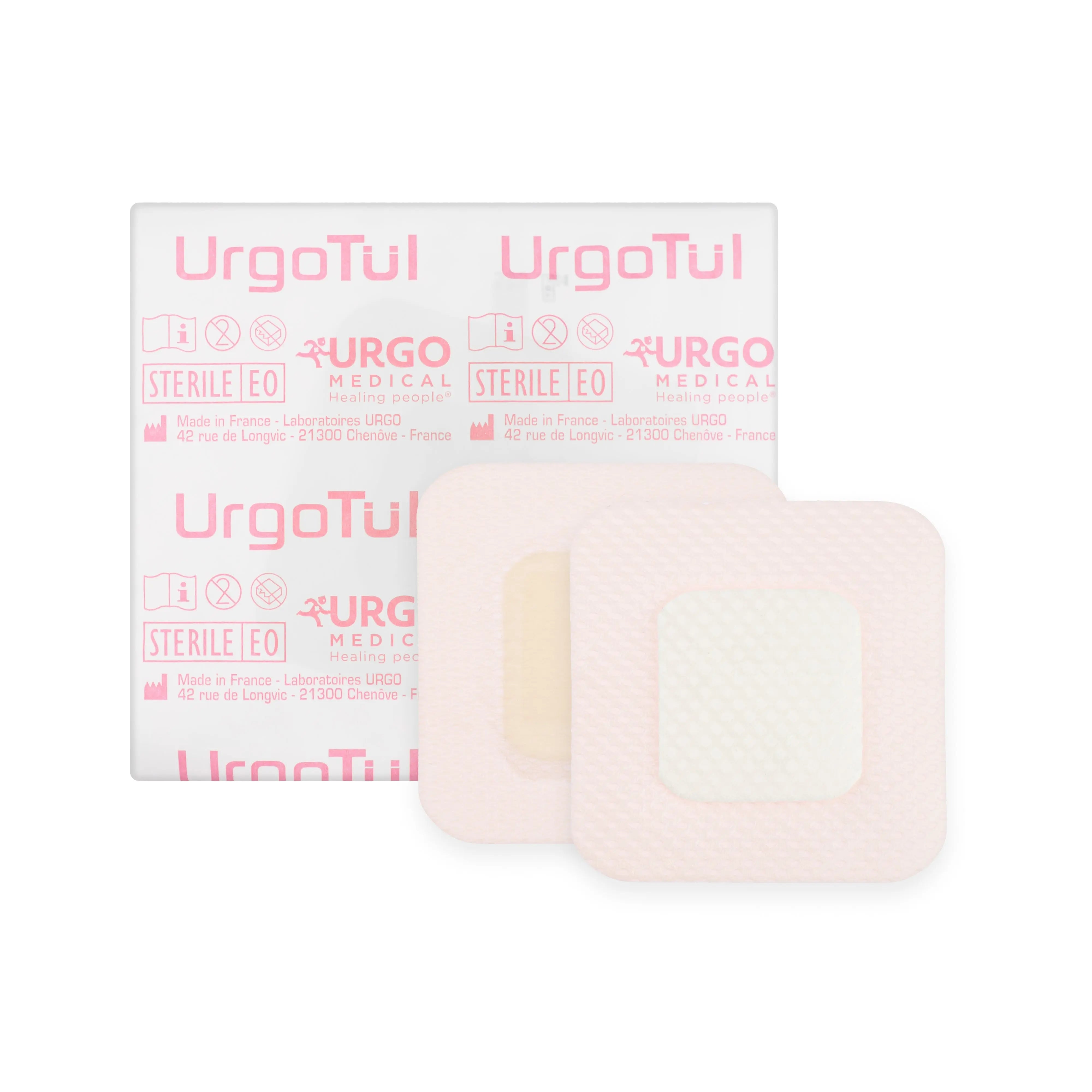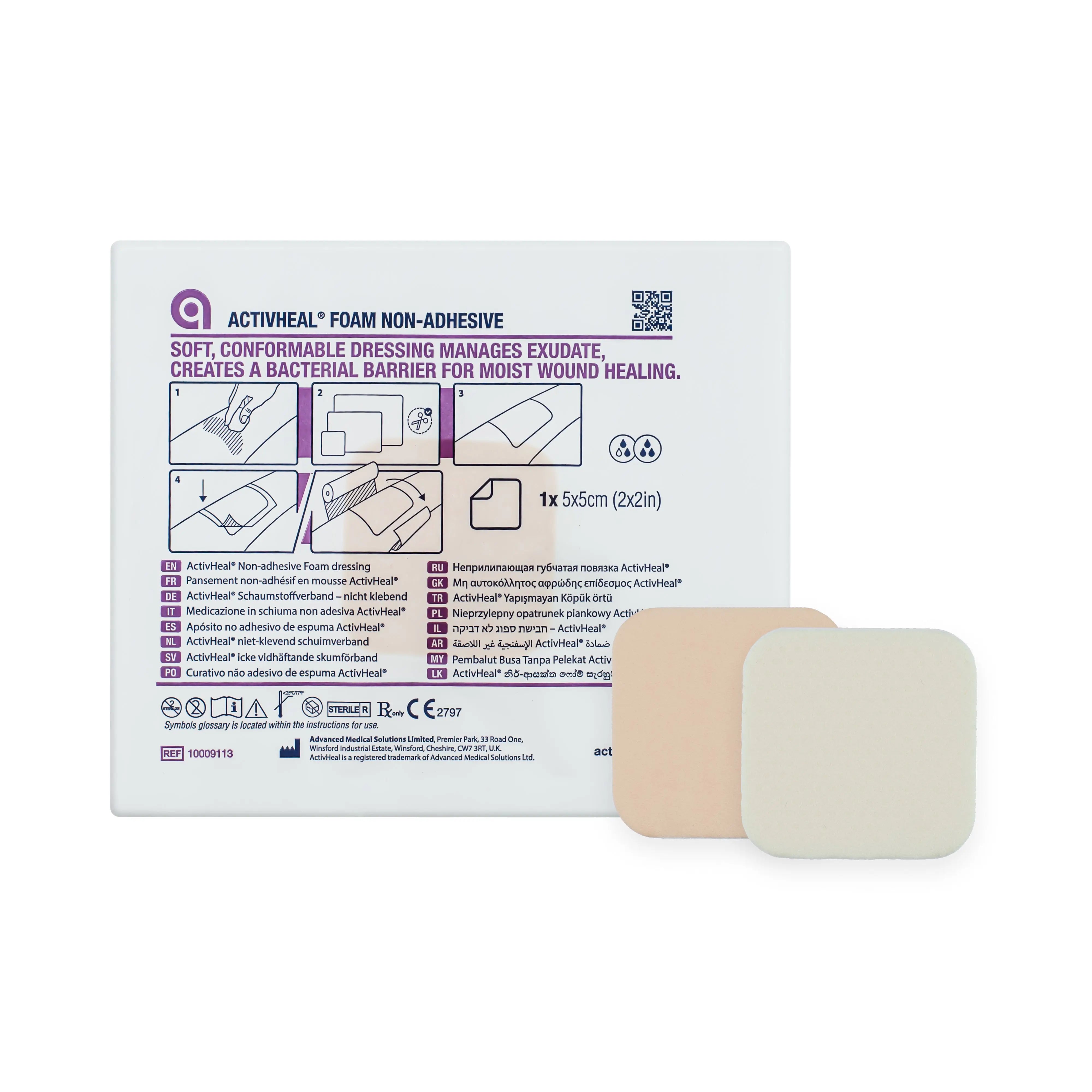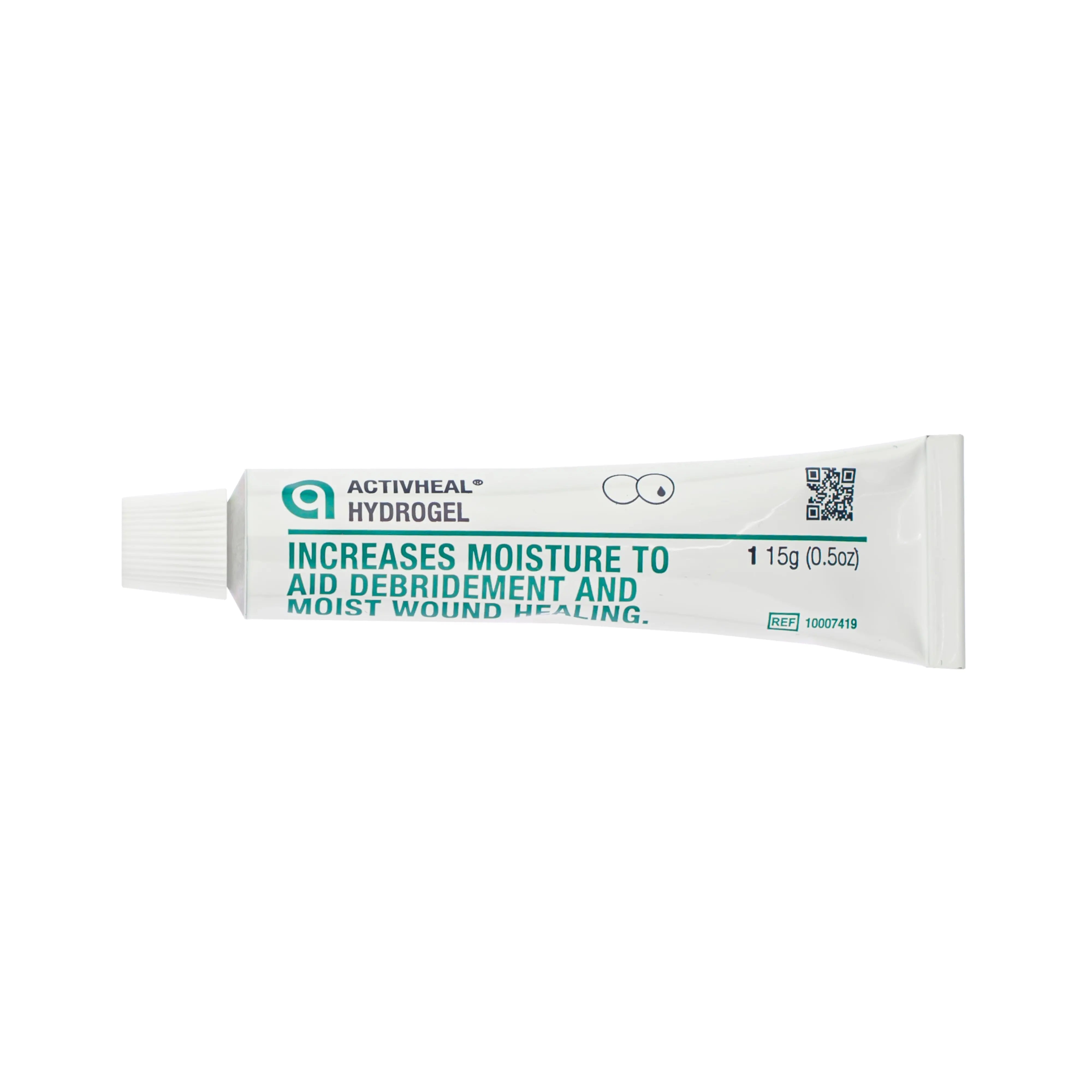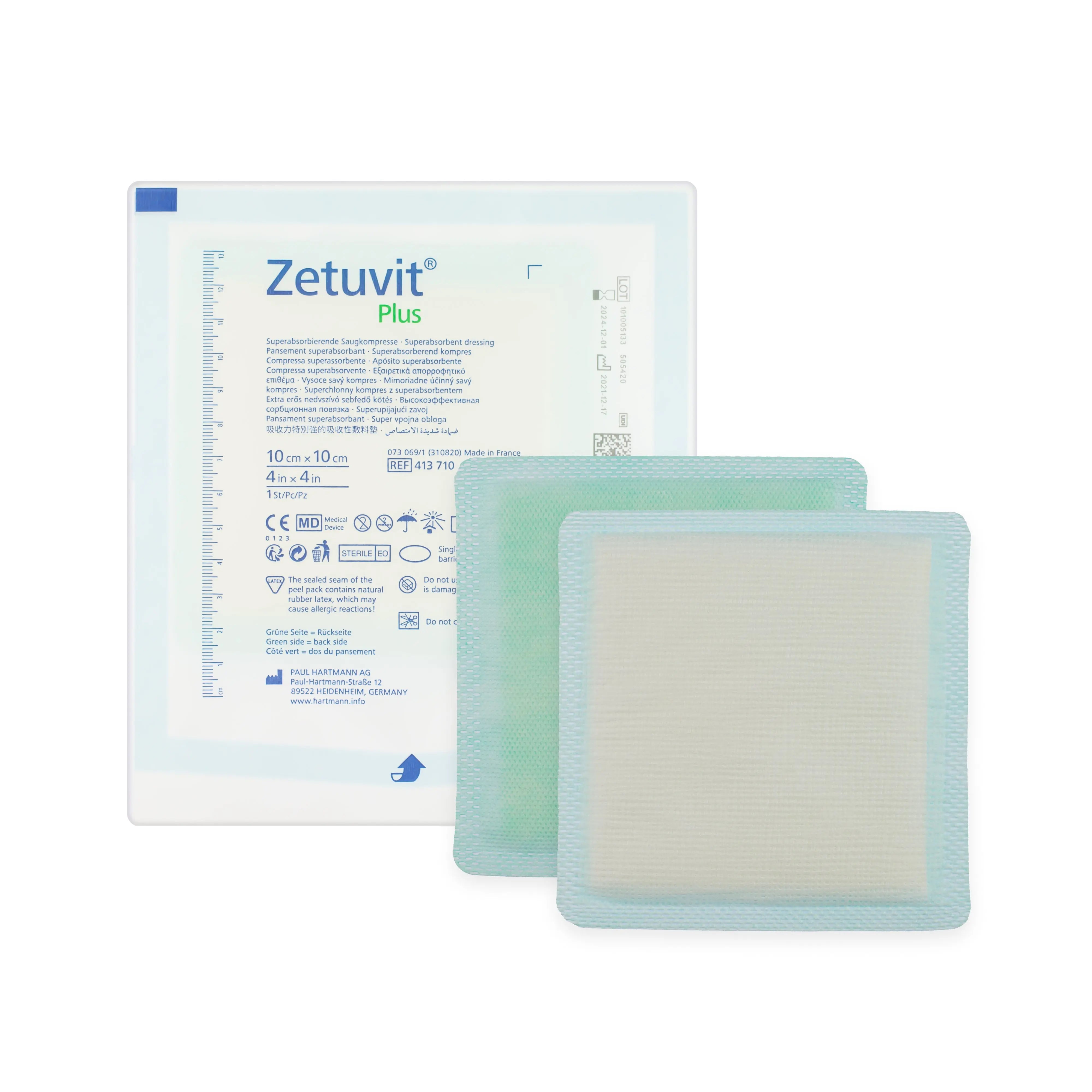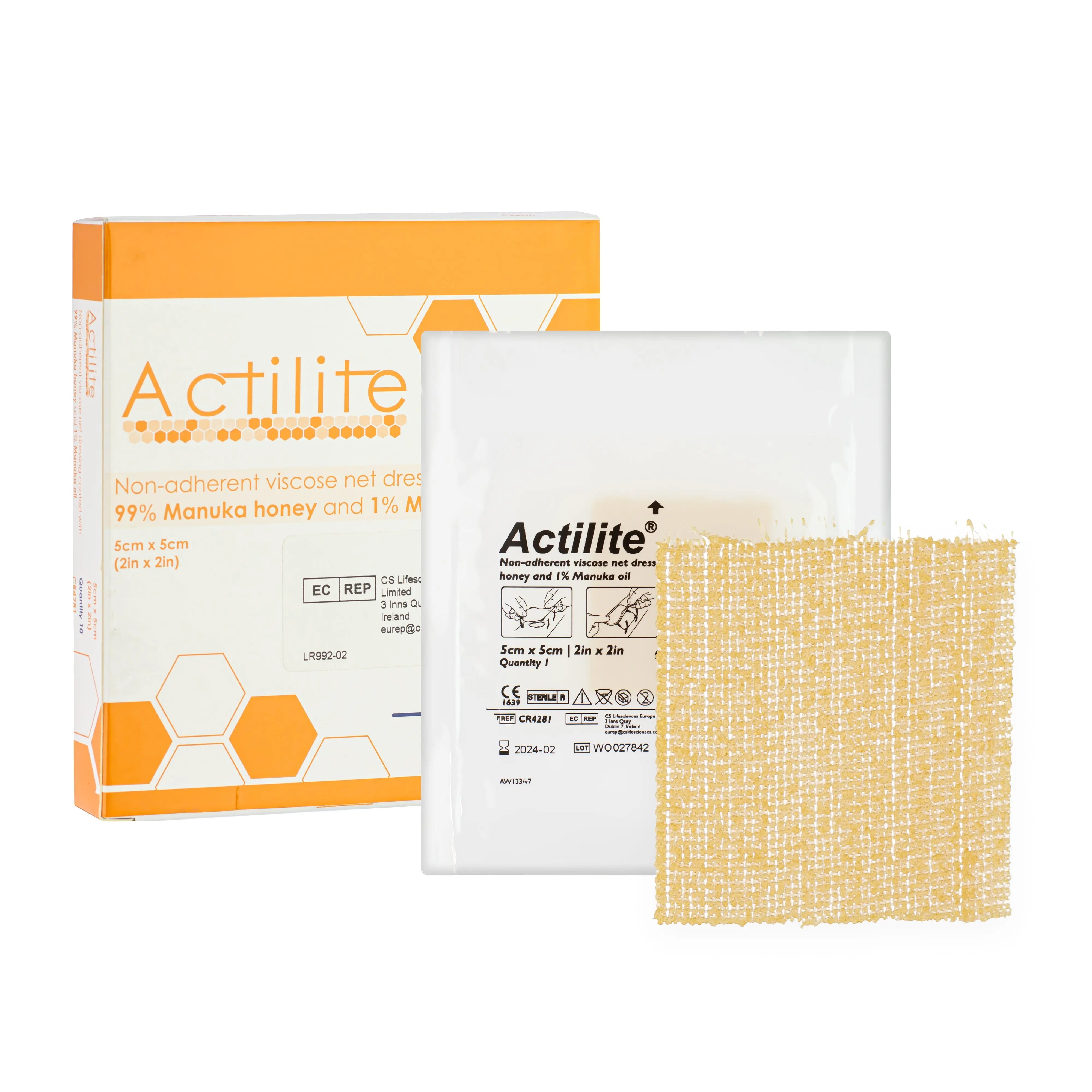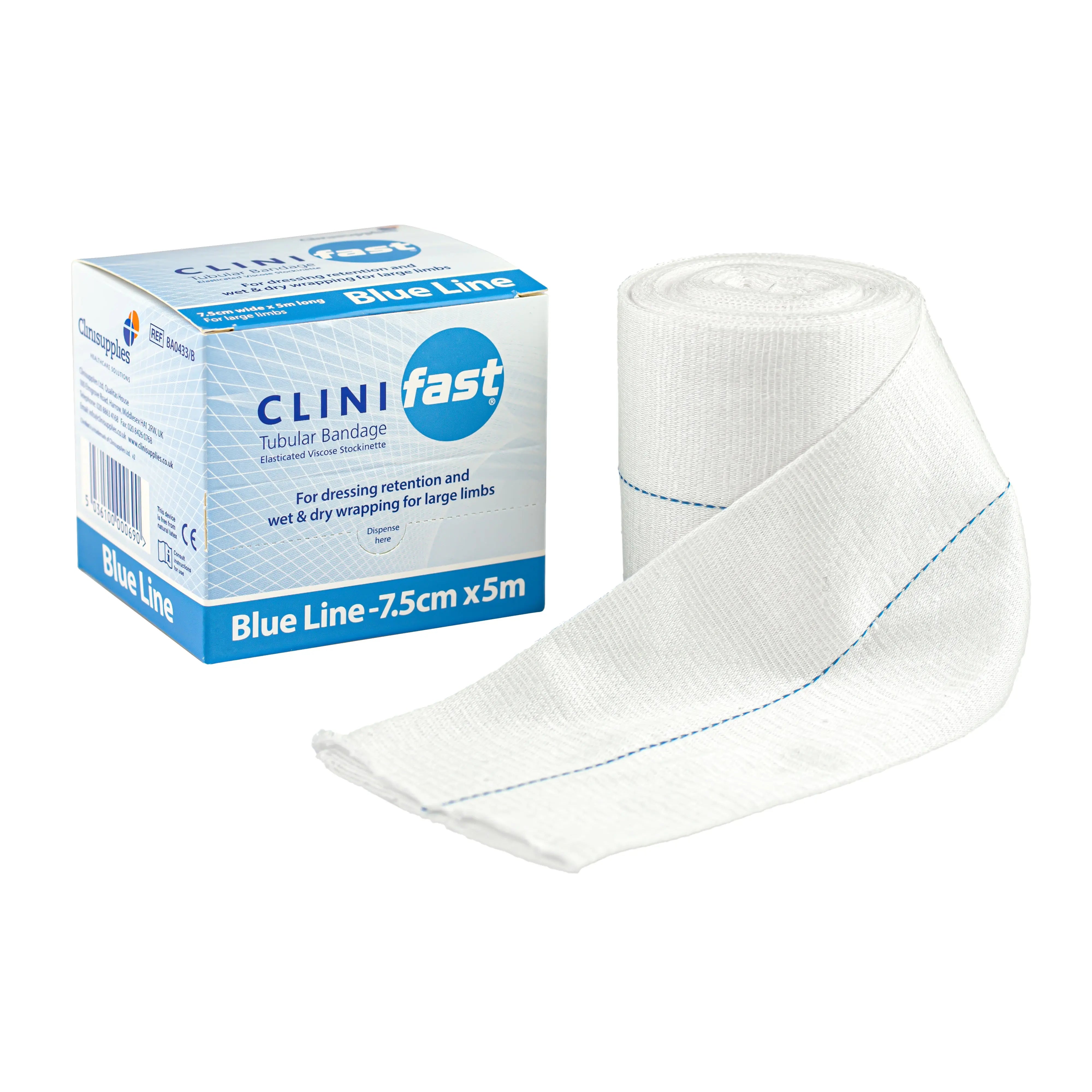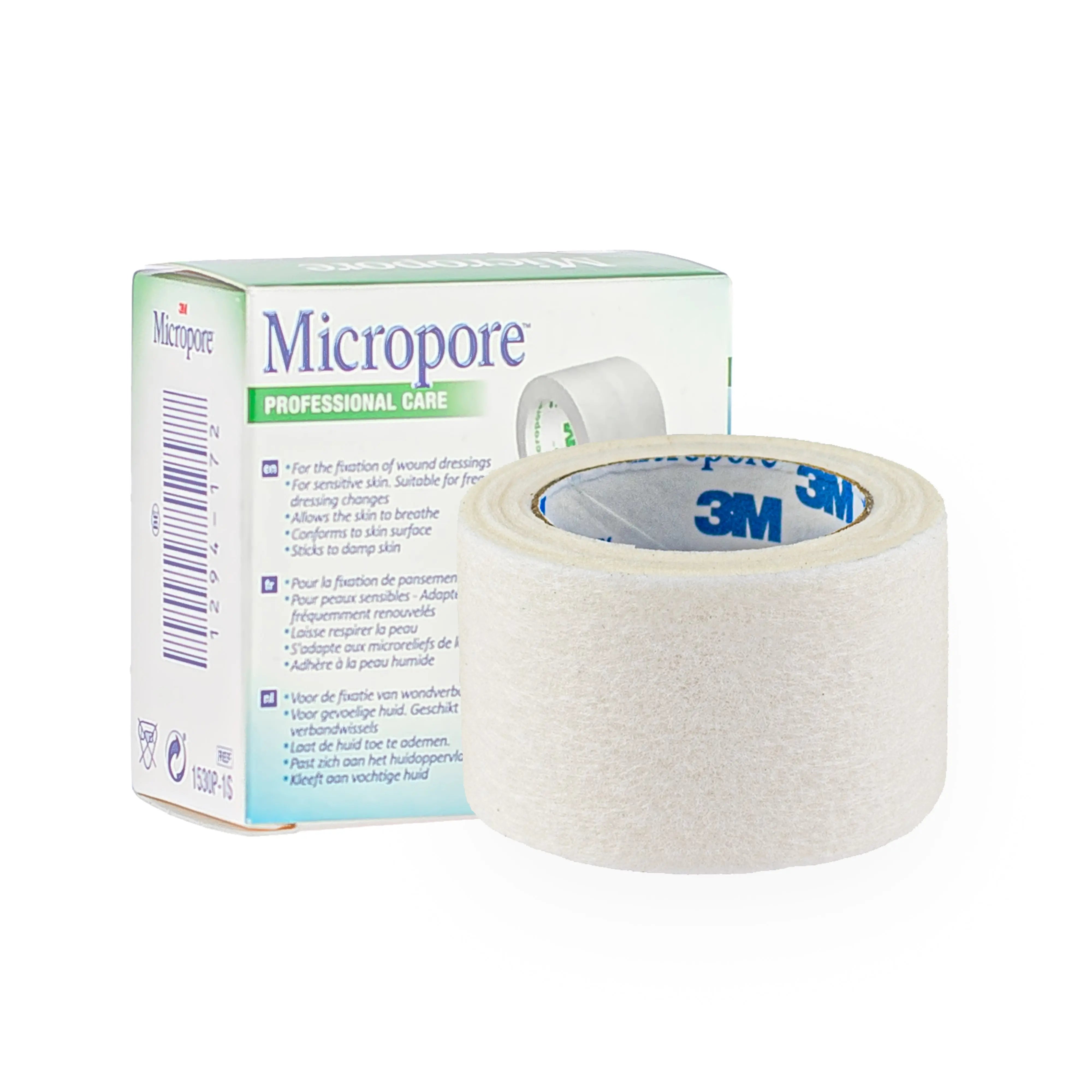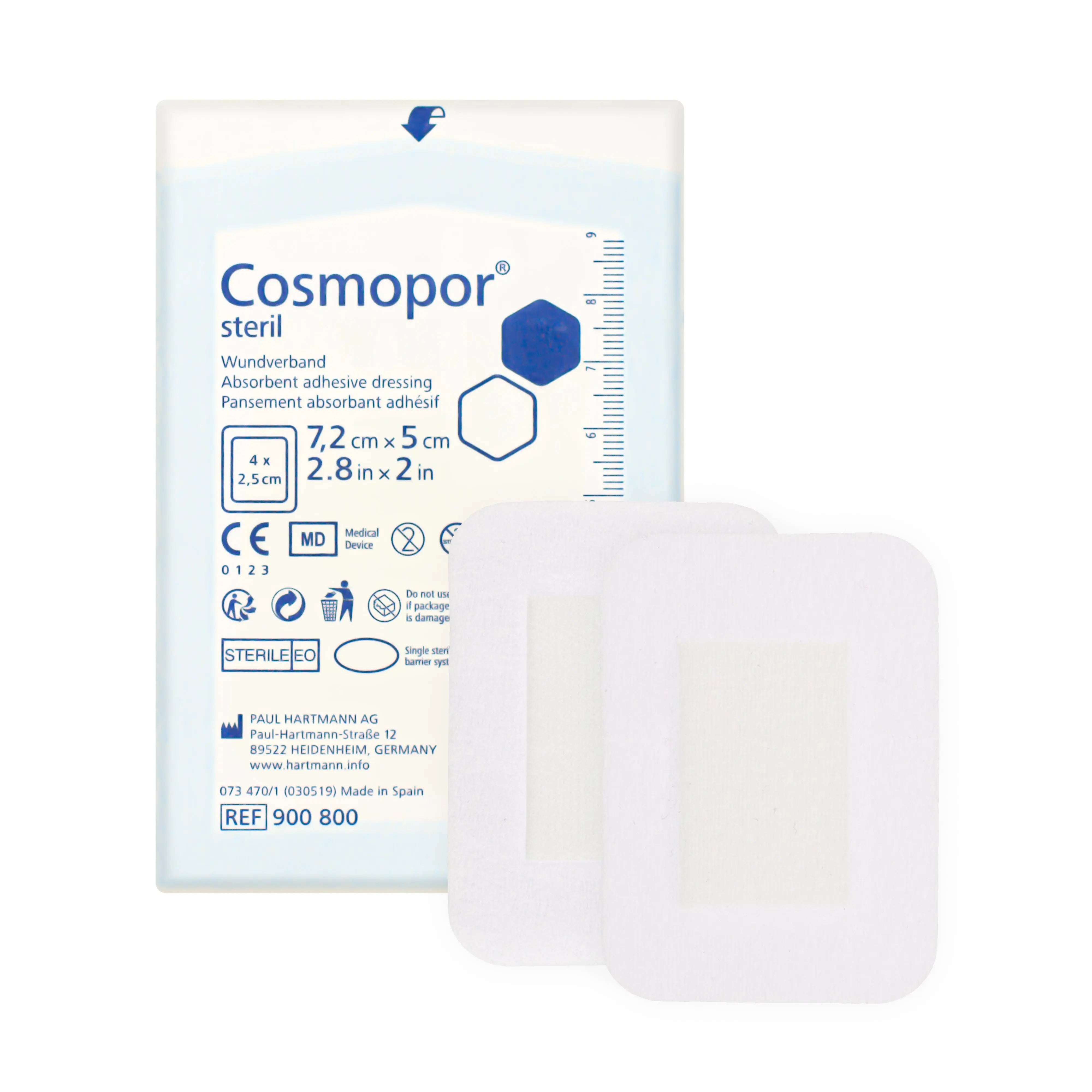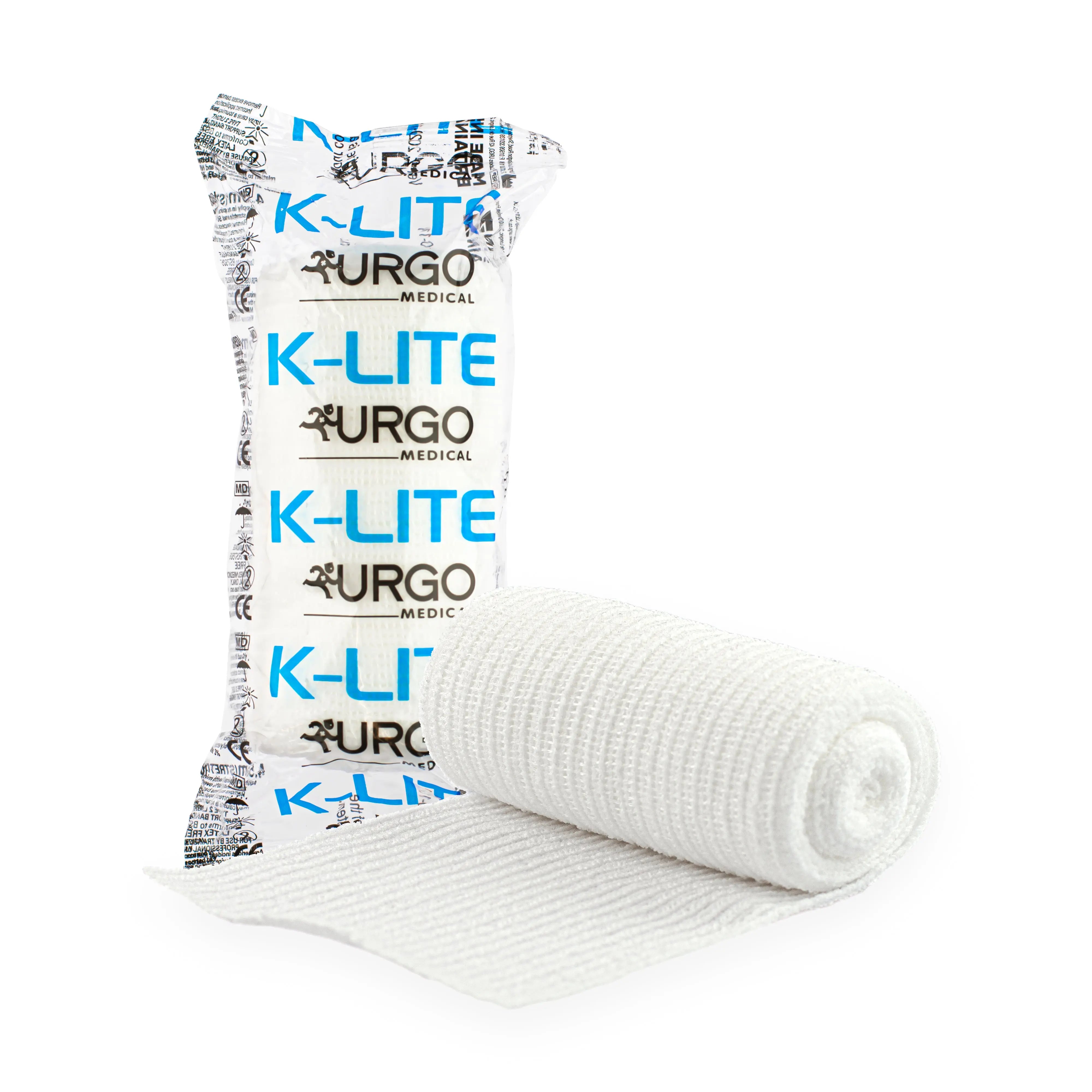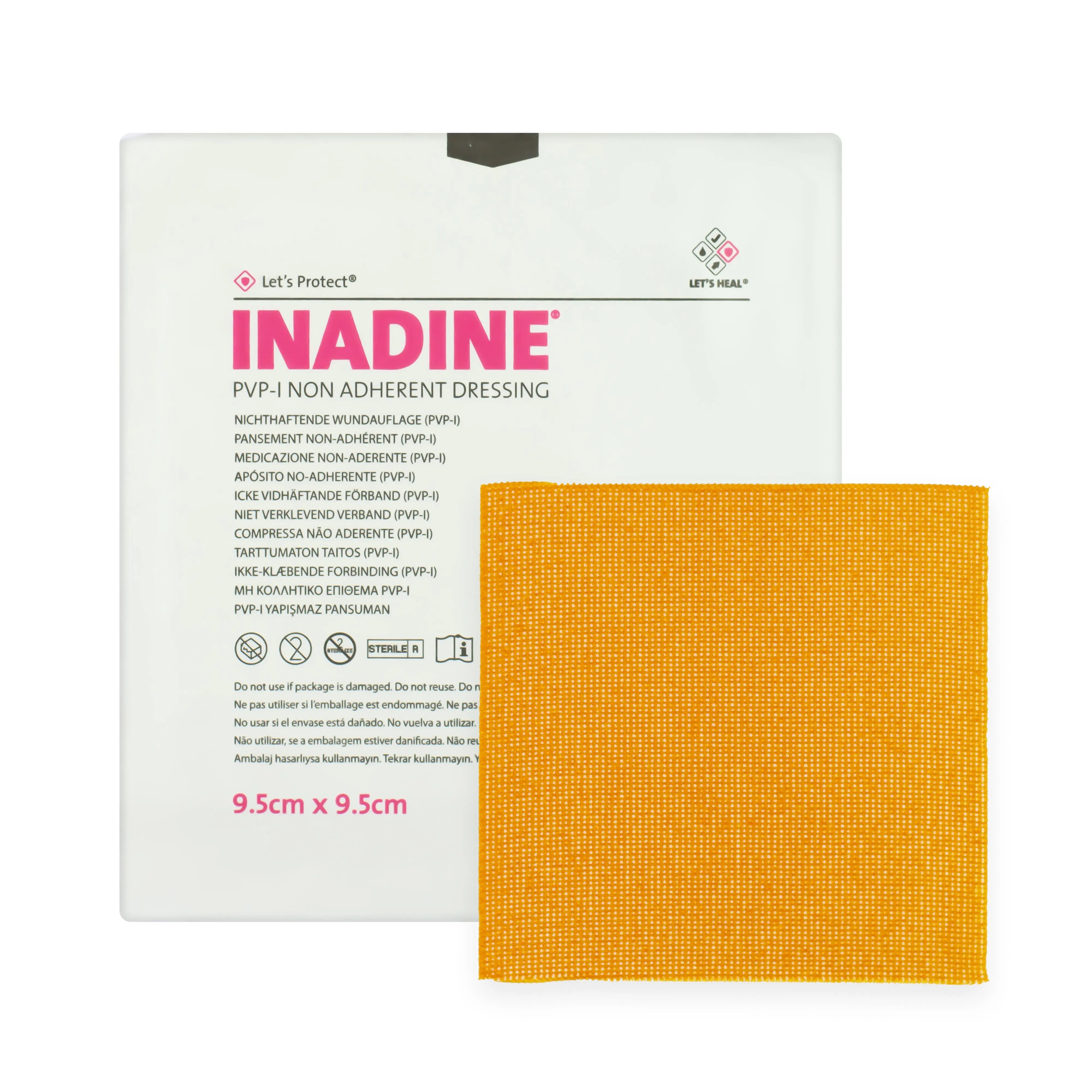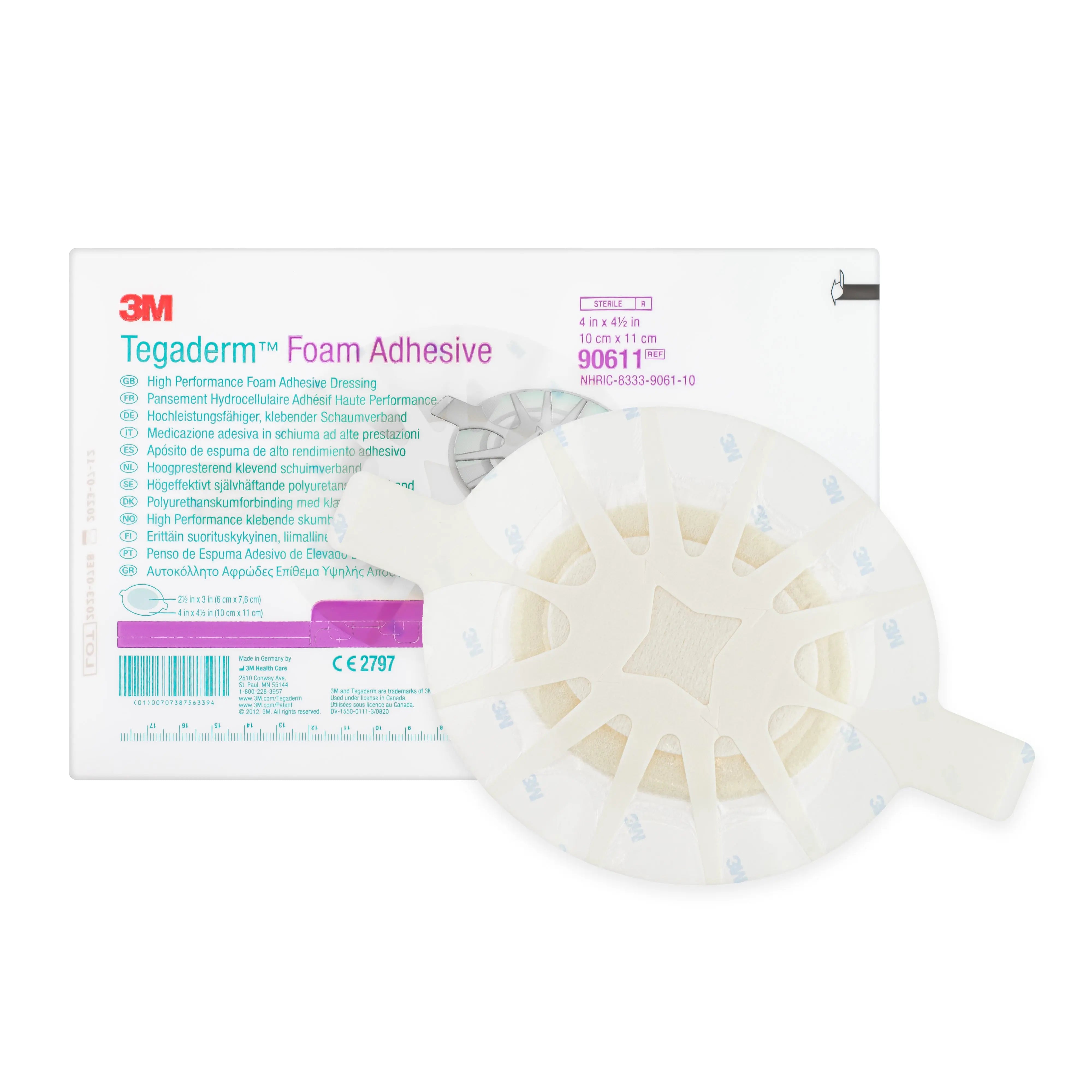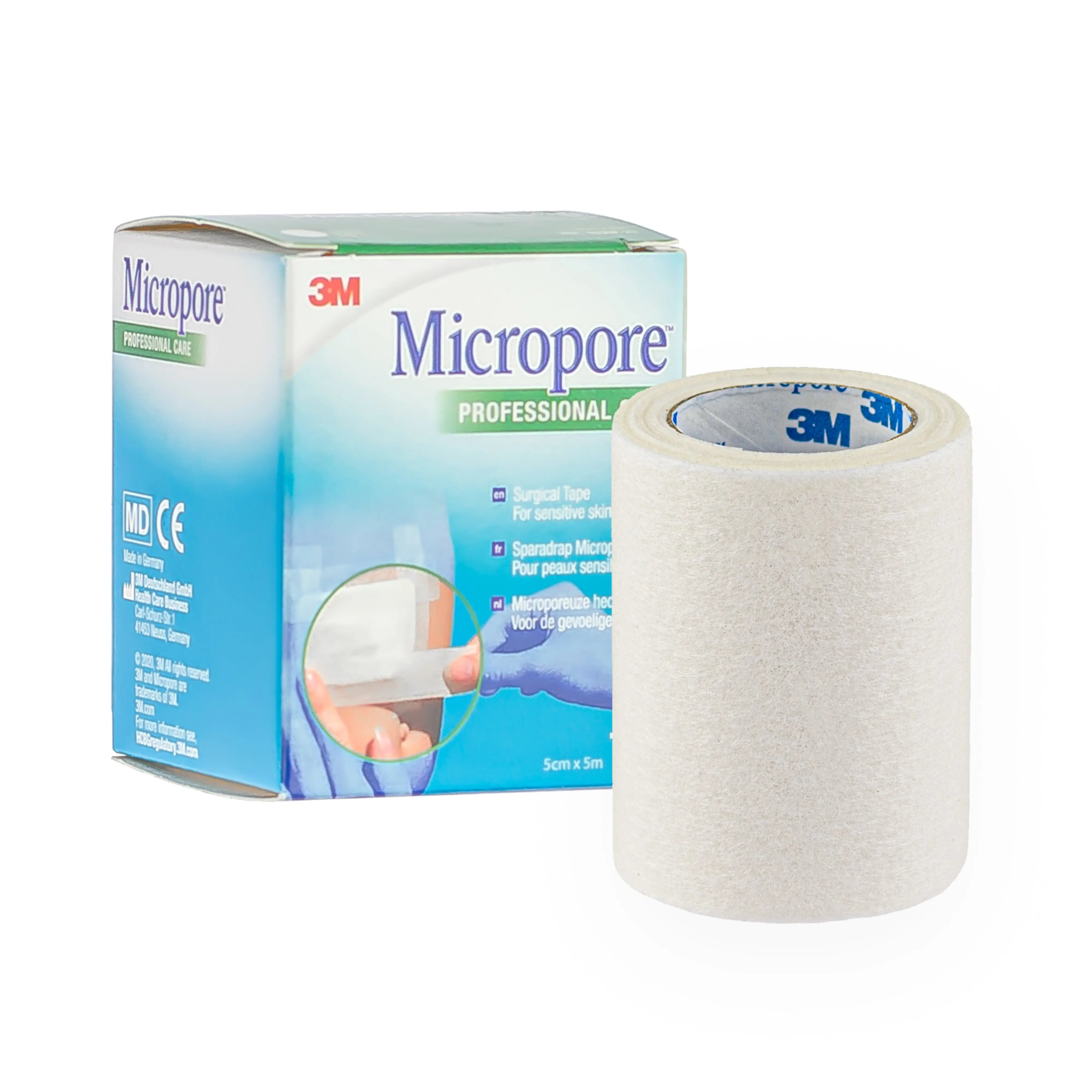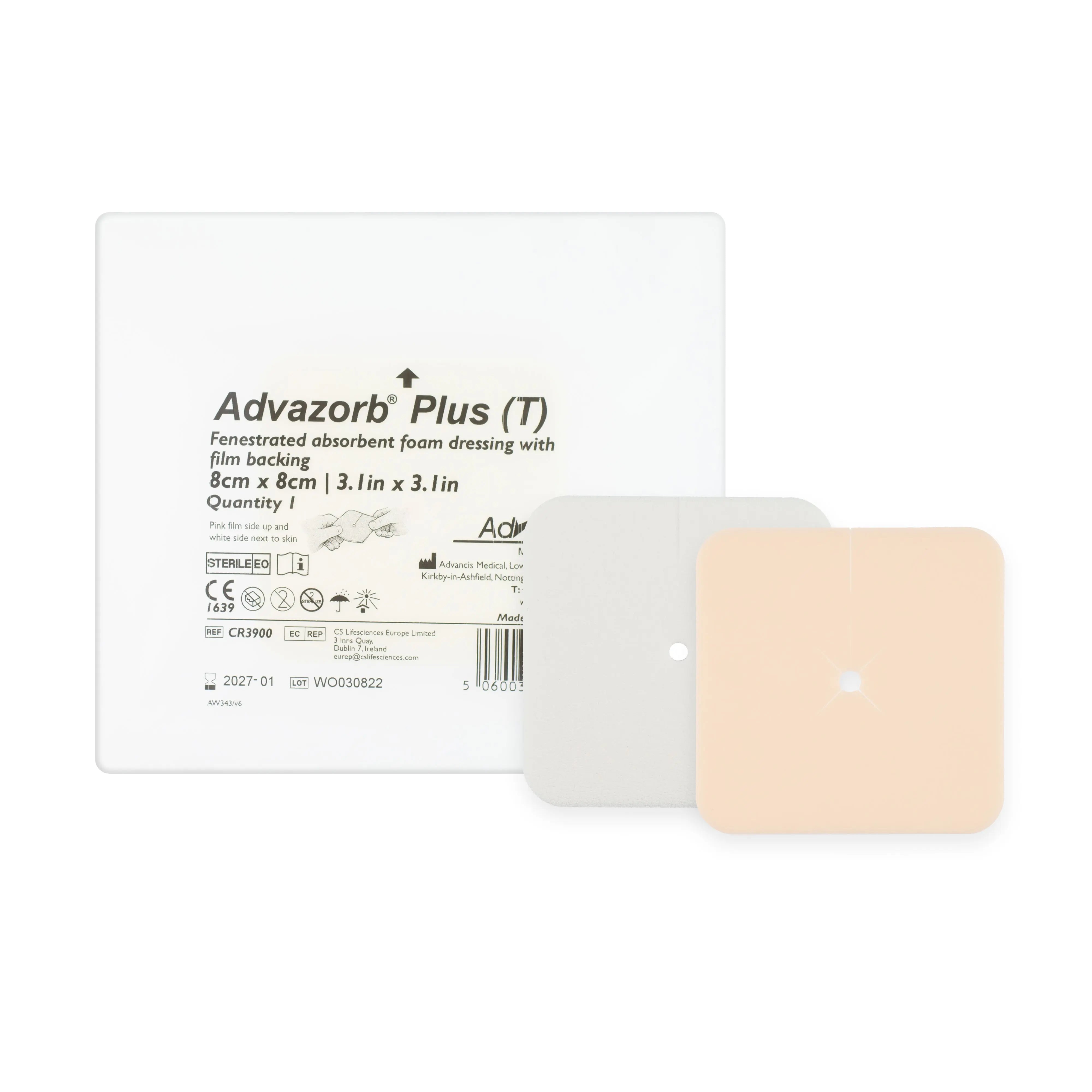What is Compression Hosiery?
Compression hosiery includes socks, stockings, or sleeves that are specially designed to apply gentle pressure to your legs, ankles, or arms. This pressure helps improve blood flow, reduce swelling, and provide support to your veins. They come in various levels of compression, depending on what your body needs, and are often used to manage conditions like varicose veins, lymphedema, and to prevent blood clots.
What do Compression Socks do?
Compression socks work by applying consistent pressure to your legs, which helps improve blood circulation. This can reduce swelling, prevent the pooling of blood, and support the veins, making it easier for your body to pump blood back to your heart. They’re especially helpful if you spend a lot of time on your feet, sitting for long periods, or if you have a medical condition that affects your circulation.
Can Compression Socks be worn in bed?
It’s generally not recommended to wear compression socks in bed unless your clinician advises it. These socks are designed to work with your body’s natural movement to help blood flow, so they’re most effective when you’re up and about. If you need compression while sleeping, your clinician might suggest a different type of compression garment that's suitable for overnight use.
Are Compression Socks good for you?
Yes, compression socks can be very beneficial, especially if you have issues with circulation, swelling, or vein problems. They help reduce discomfort, prevent complications like deep vein thrombosis (DVT), and can make your legs feel less tired and achy. However, it’s important to choose the right level of compression and fit to ensure they’re helping rather than causing harm. Always consult with you GP before using compression hosiery.
How do I measure for Compression Hosiery?
To measure for compression hosiery, you’ll need to take a few measurements:
- Ankle Circumference: Measure around the narrowest part of your ankle, just above the bone.
- Calf Circumference: Measure around the widest part of your calf.
- Leg Length: Measure from the floor to the bend of your knee for knee-high socks, or from the floor to the top of your thigh for thigh-high stockings.
It’s best to take these measurements in the morning when swelling is minimal. Most compression hosiery brands have size charts you can match your measurements to, ensuring you get the right fit.
Will Compression Socks help with swelling?
Yes, compression socks are specifically designed to help reduce and prevent swelling by improving blood flow and preventing fluid buildup in your legs. They can be especially effective if you have swelling due to prolonged sitting, standing, or conditions like lymphedema. Always consult with you GP before using compression hosiery.
Can Compression Socks be too tight?
Compression socks can be too tight if they’re not properly fitted, which can lead to discomfort, skin irritation, or even worsening circulation issues. You should feel firm pressure, but they shouldn’t cause pain or leave deep marks on your skin. If your socks feel too tight, it’s important to check your measurements and possibly try a different size or compression level.
Can Compression Socks help with leg cramps?
Compression socks can help reduce leg cramps, especially if your cramps are related to poor circulation or muscle fatigue. By improving blood flow and providing support, they can lessen the frequency and intensity of cramps. However, if you’re experiencing severe or persistent cramps, it’s a good idea to consult with a healthcare professional to rule out other causes.
Can Compression Socks cause swelling?
Compression socks are designed to reduce swelling, but if they’re too tight, worn incorrectly, or not the right fit, they could potentially cause or worsen swelling. It’s crucial to ensure they’re properly fitted and that you’re wearing the right compression level for your needs. If you notice increased swelling while wearing compression socks, it’s important to consult your healthcare professional.
